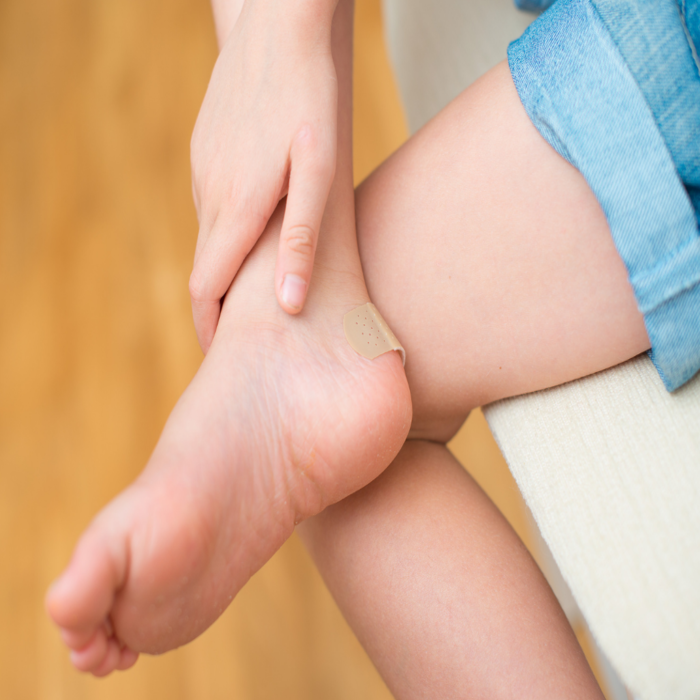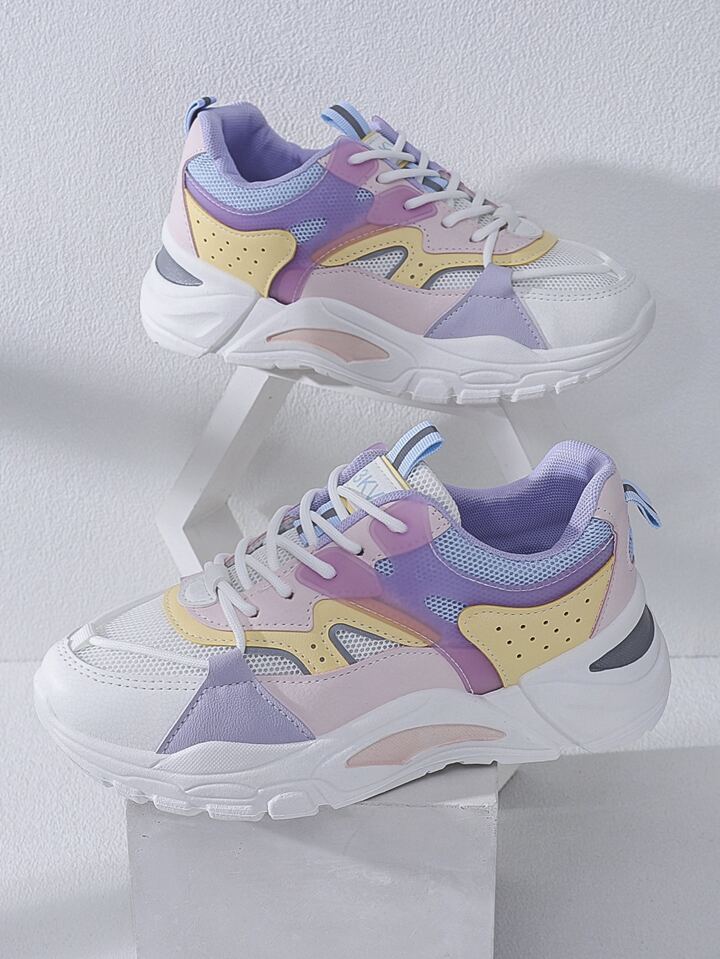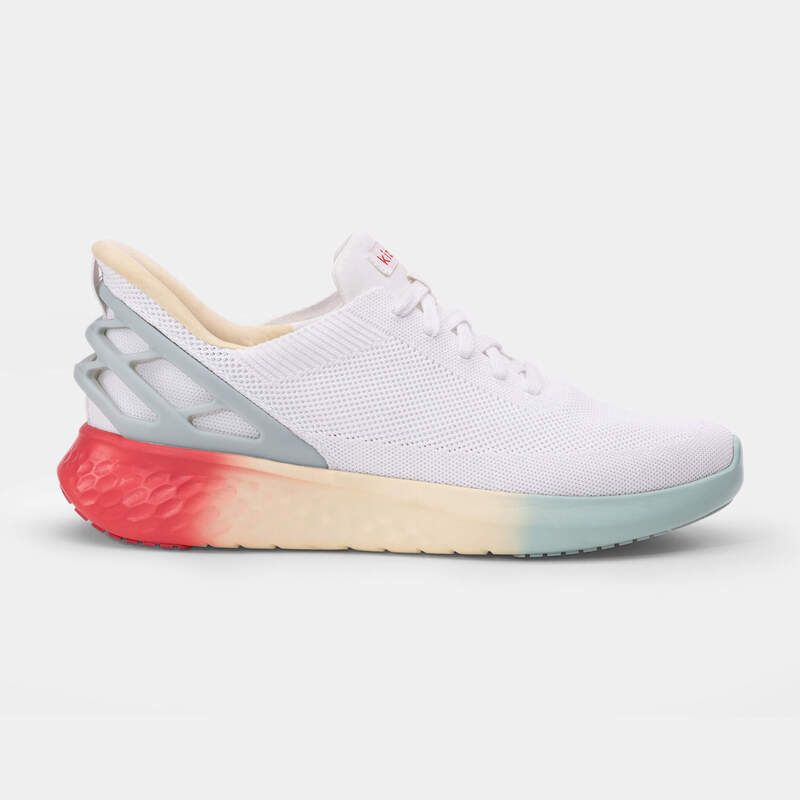Experiencing blisters from your shoes can be frustrating and painful. Blisters often develop when friction occurs between your foot and the shoe. Thankfully, there are several strategies you can employ to alleviate this issue. This article will guide you through effective methods for fixing shoes that cause blisters. Whether your pain comes from a new pair of shoes or an old favorite, these solutions can help prevent future discomfort.
Understanding the Causes of Blisters
The Role of Friction
Friction is the primary cause of blisters in your shoes. When your foot rubs against the shoe material, it leads to skin irritation. The repeated motion generates heat, causing the outer skin layer to separate. Over time, this separation fills with fluid, forming a blister. Thus, it’s crucial to identify the friction points in your shoes. Observing where your shoes rub your feet can lead to effective solutions.
Material Matters
Another contributing factor is the shoe material. Some materials are inherently rough or stiff. Leather, for instance, can be unforgiving when it’s not broken in. On the other hand, synthetic fabrics may lack breathability. This can cause moisture to accumulate and heighten the chance of blisters. Understanding the material of your shoe allows you to choose the right solutions tailored for your specific needs. Thus, it’s essential to consider both the type of shoe and its material.
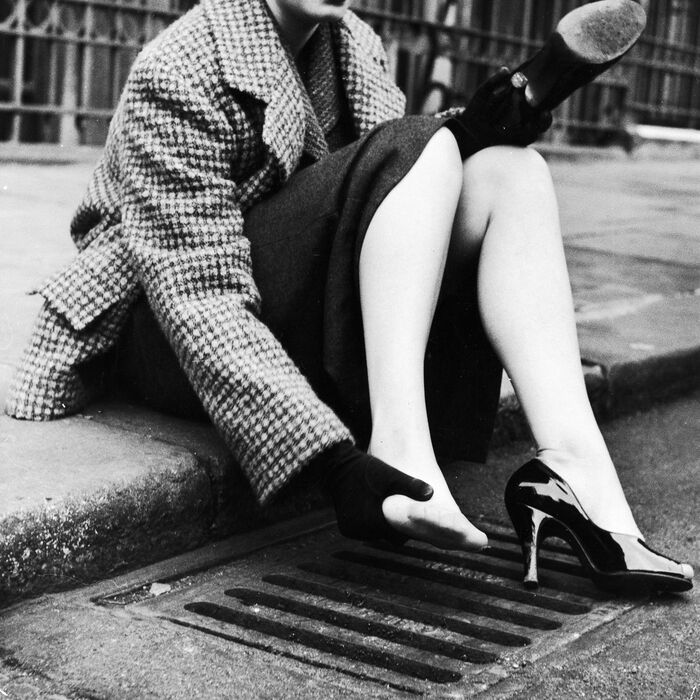
Adjusting Shoe Fit
The Importance of Proper Sizing
One significant reason for blister formation is poor shoe fit. Shoes that are too tight create pressure points on your foot. Conversely, shoes that are too loose can shift and cause friction. Therefore, ensuring a proper fit can significantly diminish blister risk. When shopping for shoes, always measure your feet and try them on. Pay attention to the width and length of the shoe. A comfortable fit can drastically reduce the likelihood of future blisters.
Utilizing Insoles and Cushioning
In addition to selecting the right size, using insoles can enhance comfort. Insoles provide additional support and cushioning. They help distribute pressure evenly across your foot. Moreover, quality insoles can lift your foot slightly, reducing direct contact with stiff shoe materials. This adjustment minimizes friction, which is crucial in preventing blisters. You can find insoles designed explicitly for specific activities, like running or hiking. Choosing the right insole type is vital in your battle against blisters.
Breaking In Your Shoes
The Gradual Approach
Breaking in new shoes is a crucial step in preventing blisters. New shoes tend to be stiff and may not conform to the shape of your foot. Start by wearing them for short periods. Gradually increase the time you wear them each day. This allows the shoes to loosen and mold around your feet. Remember, it’s not advisable to wear new shoes for extended periods from the start. Doing so may lead to unnecessary blisters and discomfort.
Employing Stretching Techniques
If your shoes still feel tight after wearing them a few times, consider stretching them. There are various techniques and tools for this purpose. Using a shoe stretcher can help widen the shoes. Alternatively, you can use thick socks and wear the shoes at home for a few hours. Heat can also be useful; gently warm the shoe, but never overdo it to avoid damaging the material. These methods can significantly reduce blisters by creating more space for your feet.
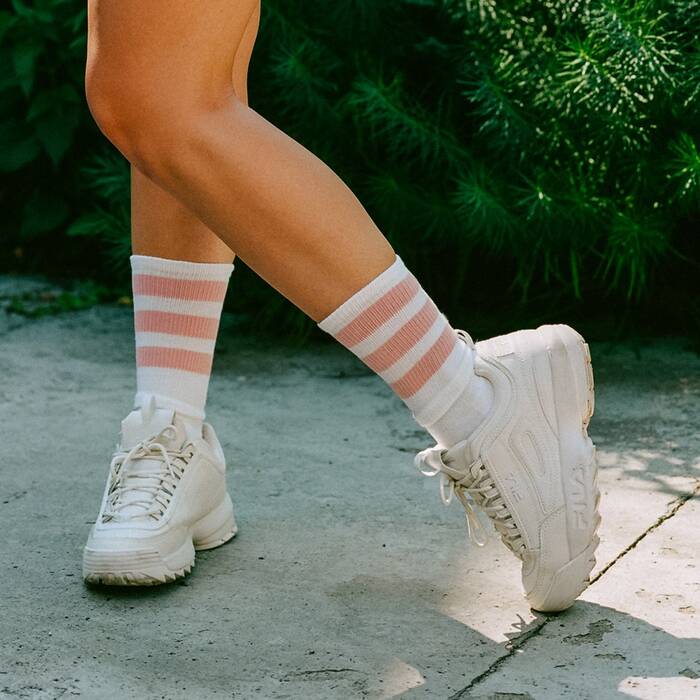
Protective Measures
Choosing the Right Socks
Wearing the right socks is essential in preventing blisters. Opt for moisture-wicking fabrics that keep your feet dry. Cotton socks can retain moisture, increasing friction. Instead, go for specialized socks designed for your activities, such as running or hiking. These socks often provide extra cushioning in critical areas. This added support reduces pressure and friction, significantly lowering the chances of blisters forming during your activities.
Applying Barrier Creams
Barrier creams can serve as an effective line of defense against blisters. Applying these creams to areas prone to friction creates a protective layer. This barrier reduces the chance of skin irritation from contact with your shoes. Many athletes use this technique before engaging in strenuous activities. By preventing direct skin-to-material contact, barrier creams can keep discomfort at bay effectively. Always reapply as necessary, especially during extended activities.
Selecting Alternative Shoe Styles
Exploring Different Footwear Designs
Sometimes, your existing shoes may not be the best fit for your needs. If blisters continue to plague you, consider trying different styles altogether. Certain shoe designs inherently offer better support and comfort. For instance, shoes with soft linings tend to cause fewer blisters. Moreover, footwear with adjustable straps or laces allows for customized fits. In this way, you can decrease friction points, thereby avoiding painful blisters.
Investing in Quality Footwear
Investing in high-quality shoes is another effective way to reduce blisters. While they may cost more upfront, quality shoes often lead to long-term comfort. They tend to be made of better materials and designed to fit well. Additionally, many high-quality brands offer specific features tailored to different activities. From breathable mesh to built-in cushioning, the right shoes can drastically reduce the likelihood of blisters.
Regular Foot Care
Keeping Feet Clean and Dry
Good foot hygiene is imperative in preventing blisters. Always keep your feet clean and dry. Wash them daily using warm water and soap, and dry thoroughly, especially between your toes. Moisture can exacerbate blister formation. Keeping your feet dry reduces the risk of skin irritation significantly. Consider using foot powders designed to absorb moisture for additional protection. This simple step can lead to noticeable improvements in your overall foot health.
Trimming Toenails Regularly
Regularly trimming your toenails can also help prevent blisters. Long toenails can dig into your shoes and create friction. Ensure you keep your nails short and well-maintained. This simple practice minimizes the risk of developing blisters from shoes pressing against your toes. By making nail care part of your routine, you contribute to a holistic approach to foot health.
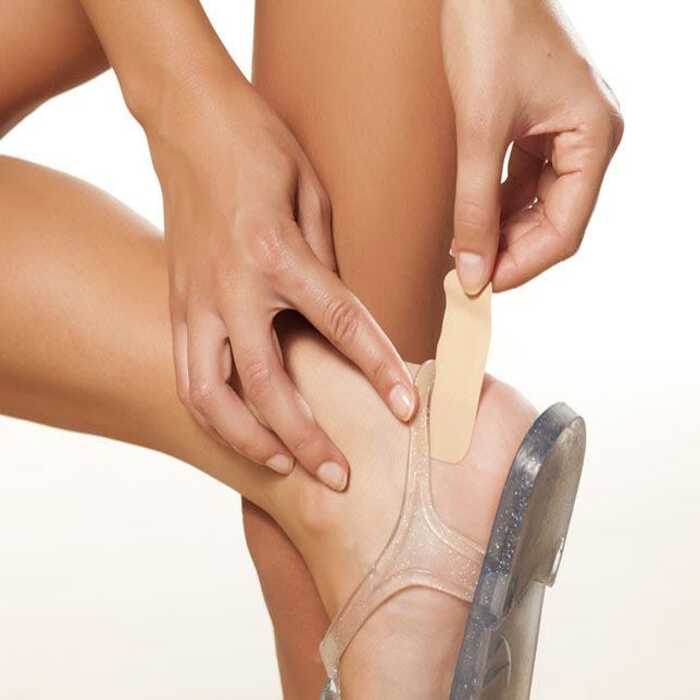
Using Blister Prevention Products
Blister Pads and Bandages
Should you encounter blisters despite taking preventive measures, blister pads can be a lifesaver. These specialized bandages cushion the affected area and reduce friction. They create a barrier that protects the blister while it heals. You can find these products in most drugstores. Whenever you notice a potential blister forming, apply a blister pad immediately for effective treatment.
Wearing Heel Grips and Tongue Pads
Heel grips and tongue pads can also serve as effective tools in minimizing blisters. These products help create a better fit inside your shoes. Heel grips prevent your foot from slipping against the back of the shoe, significantly reducing friction. Tongue pads can elevate the shoe tongue, keeping it from rubbing against the top of your foot. Incorporating these items into your footwear can provide additional comfort and blister prevention.
Making Lifestyle Adjustments
Adjusting Activity Levels
Pay attention to how your activity levels impact blister formation. If you’re engaging in high-intensity activities, give your feet ample recovery time. If you feel discomfort, consider taking a break from strenuous activities. Gradually resuming your routine allows your feet to adjust to new stresses. This proactive approach can help mitigate blister risks significantly. Always listen to your body, as it often signals when adjustments are needed.
Increasing Foot Conditioning
Improving your foot conditioning can also play a role in preventing blisters. Simple exercises can enhance your feet’s strength and flexibility. Activities like toe curls and ankle rotations can improve foot conditioning. Incorporating these exercises into your routine helps your feet adapt to various shoe types. Stronger, more flexible feet are less likely to develop blisters from shoes that may not fit perfectly.
Conclusion: Building Long-Term Solutions
In summary, preventing blisters involves a combination of strategies. Start by understanding the causes, adjusting fit, and breaking in your shoes properly. Additionally, consider using protective measures and selecting alternative footwear styles. Implementing regular foot care can also yield long-term benefits. Lastly, making lifestyle adjustments and using blister prevention products contribute to effective blister management. By following these guidelines, you can enjoy pain-free days and keep blisters at bay.
